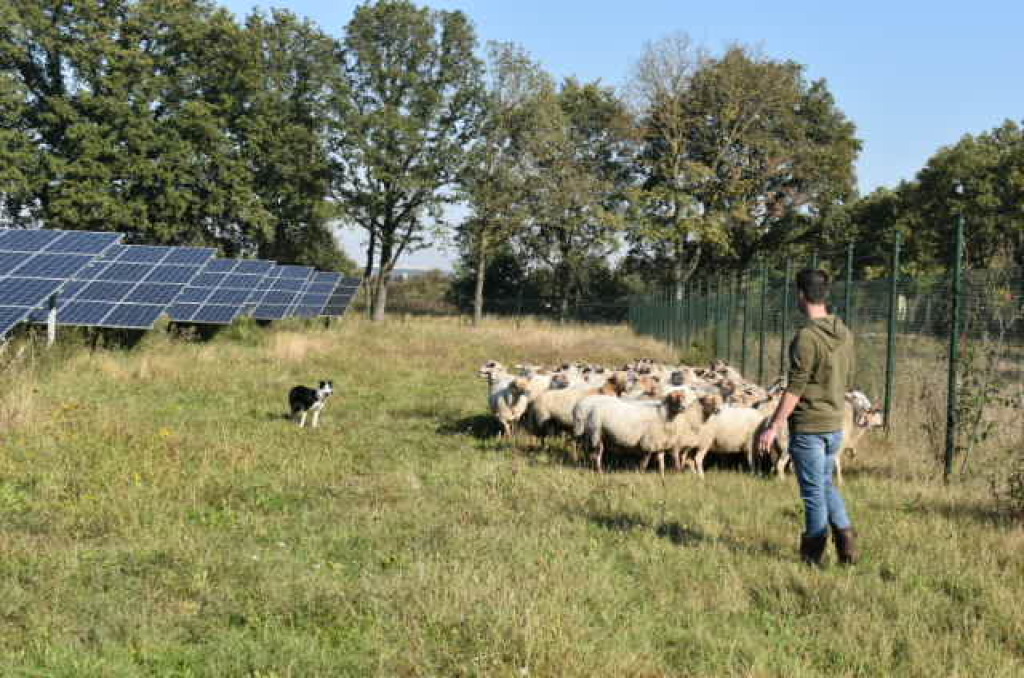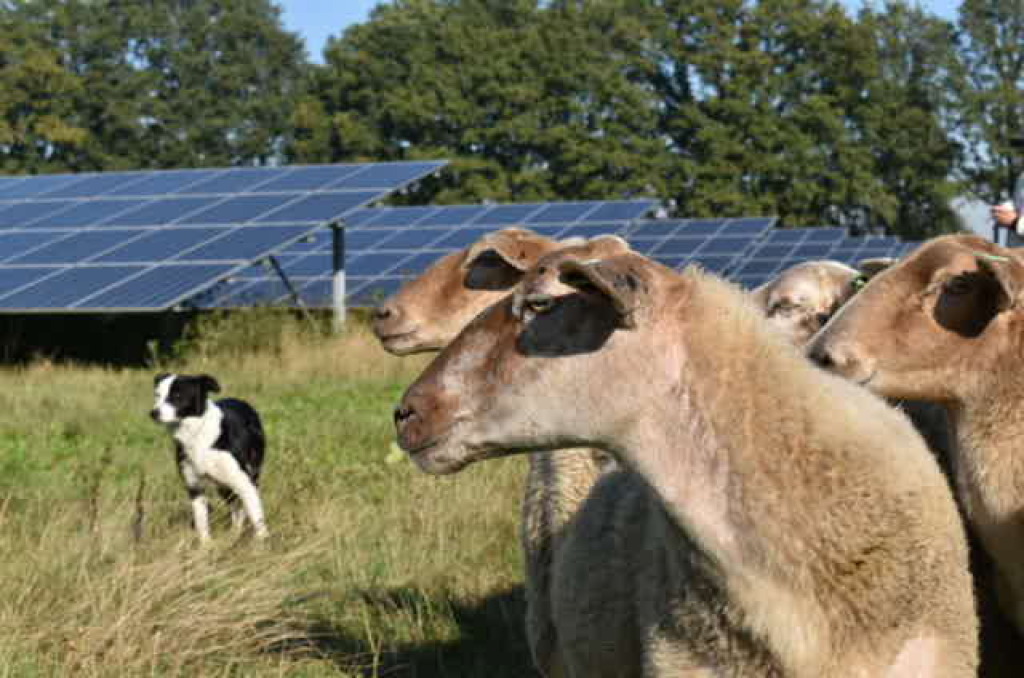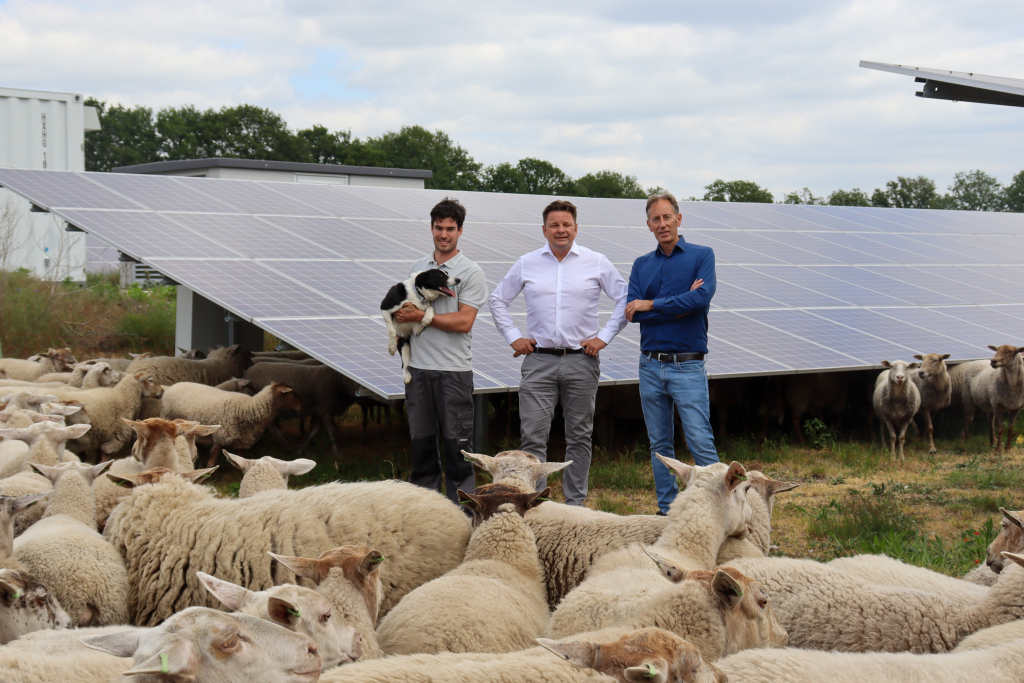Dirk has been working with TPSolar since 2018 and together with Lynn, one of his enthusiastic bordercollies, guides the sheep at Zonnepark Hoogveld-Zuid. His company Natuurgrazers Landschapsbeheer is located in Vorstenbosch; just around the corner of the solar farm in Uden.
Approximately 100 Kempische Heideschapen of Natuurgrazers Landschapsbeheer graze two to three times a year for a few weeks on Zonnepark Hoogveld-Zuid. By fencing off a number of hectares of the solar farm, some areas are grazed more intensively and other areas are given more space. This way, not everything is “mowed” at the same height, but the flora and fauna in this area are given the opportunity to develop further. Sustainability and establishing ecological connections is what Naturegrazers Landscape Management is all about.



Why did you want to work with TPSolar?
Even before the construction of Solar Park Hoogveld-Zuid, TPSolar visited us. I quickly noticed that TPSolar not only wanted to generate solar energy, but that they also wanted to do something for the flora and fauna in the area. The combination of nature and renewable energy really appealed to me, and I quickly expressed my interest in a partnership for the maintenance/management of the solar park. Because we were involved at the start of the construction, a number of practical matters were immediately taken care of. This way, the maintenance for the future was also feasible. For example, the panels were placed slightly higher off the ground so that the sheep could easily move underneath without injuring themselves.
After a year, on a part of the plot that used to be a field and in cooperation with the sVLU (the nature association in Uden), an herb rich mixture was even sown between the panels. Several bee hotels have also been installed by TPSolar. All this to increase local biodiversity.
Five years further, you can see the first results of TPSolar’s approach combined with the sustainable management using our sheep. In summer, the herbs are in full bloom and provide plenty of food for the many insects that come back to them. The many insects, birds and mammals in the solar park are proof that we are well on our way. Nature is a long-term process, but it’s always nice to see how quickly everything responds if you just make a few small adjustments.
Can all types of sheep graze near a solar farm?
The first few years they might be able to, yes, but at some point you see the vegetation change and become more sparse. Then you really shouldn’t come up with a breed of sheep that are also kept for meat lamb production. Our heath sheep can cope well with the more meager feed. The Kempen Heath Sheep are characterized by quietness and resignation and are an ideal breed for us, partly because they are well controlled by our border collies. In addition, the Kempische Heideschaap is the breed here from the region and fits perfectly into the cycle that we apply on our farm.
Do the solar panels harm the sheep?
During the construction of the solar park, as mentioned, it was already taken into account that sheep grazing was going to be used as a management method. The solar panels are high enough and the cabling is neatly shielded. There is even an advantage for the sheep, because with the hot springs and summers of recent years, the panels provide enough shade to get through the day.
Does sheep grazing benefit the biodiversity of the area?
A flock of sheep provides multiple ecological linkages. This sounds complicated but is easy to explain: the sheep move all kinds of organisms from area to area through their fur, hooves and digestion. Various species of seeds and spores, as well as eggs, insects, snails and spiders, find new habitats as a result. Also, with non-intensive grazing in the spring, the sheep will eat away mainly the grasses and largely spare the herbs. This greatly promotes the amount of flowering plants in the summer. This makes our flocks part of the ecological system. All in all, then, sheep do not affect biodiversity; rather, they enhance it.



